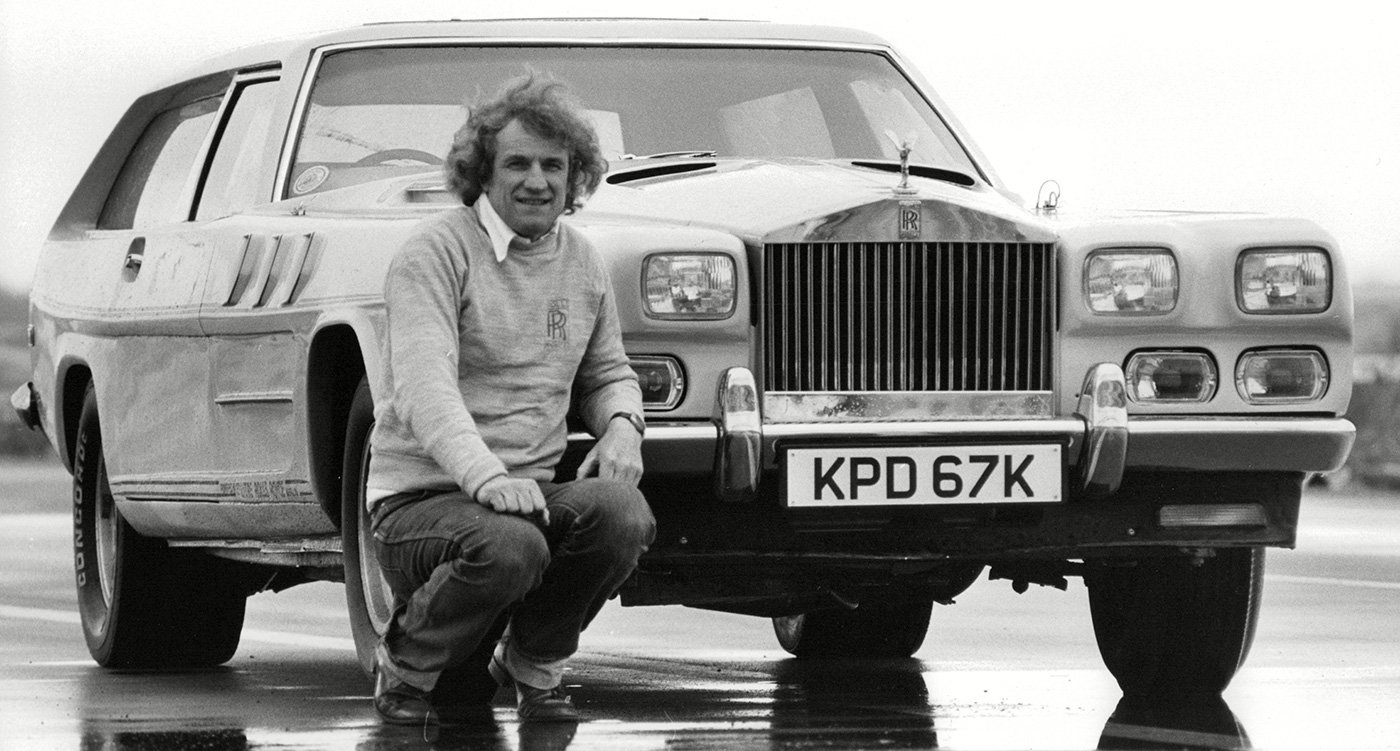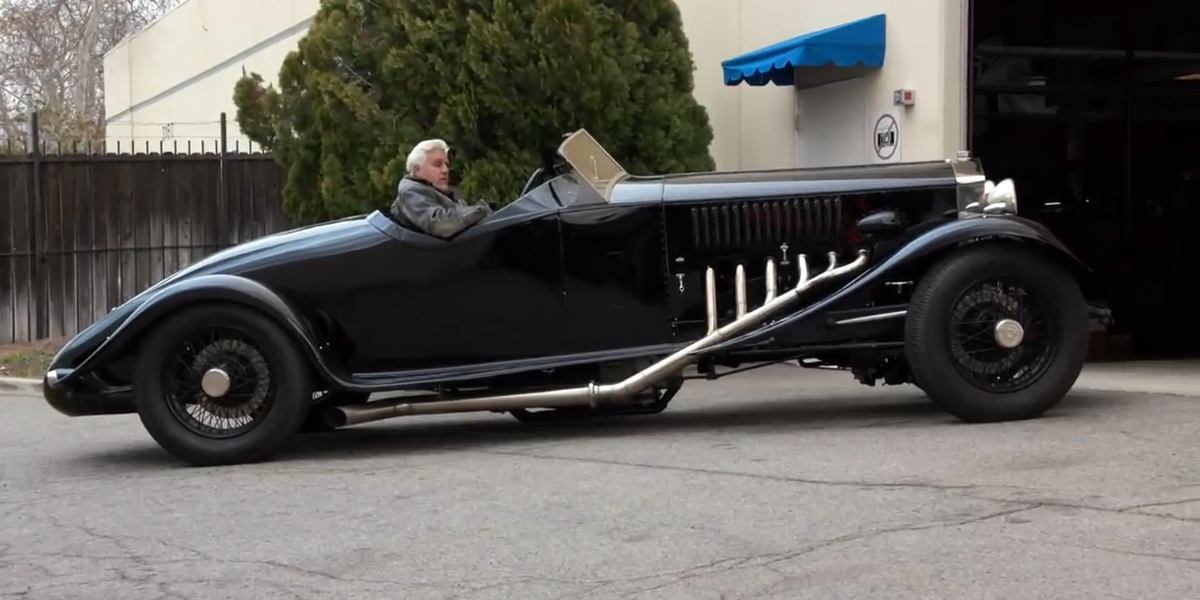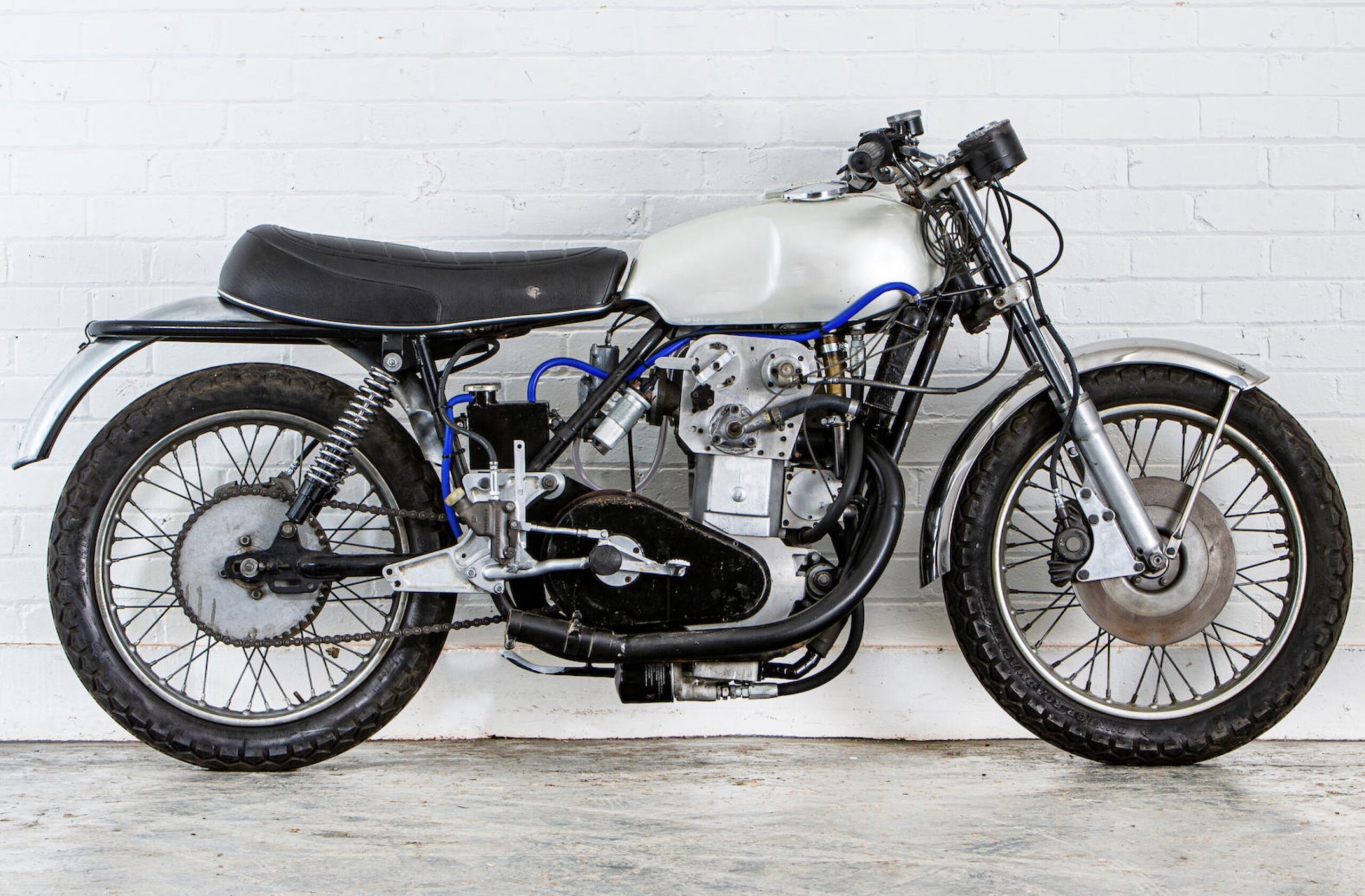- Joined
- 19 July 2016
- Messages
- 4,279
- Reaction score
- 3,464
G'day folks,
Another project, this time a Lotus 49. I have found numerous simple plans but nothing of real detail and certainly nothing I can use for a reasonable 3d motor. Does anyone have a pointer I can get decent quality drawings from?
A whole new level of WTF from some of those searches and where they can put Lotus flowers really is, inspiring.
No, I thought Lotus flowers were edible but, just not like that.....
Another project, this time a Lotus 49. I have found numerous simple plans but nothing of real detail and certainly nothing I can use for a reasonable 3d motor. Does anyone have a pointer I can get decent quality drawings from?
A whole new level of WTF from some of those searches and where they can put Lotus flowers really is, inspiring.
No, I thought Lotus flowers were edible but, just not like that.....



